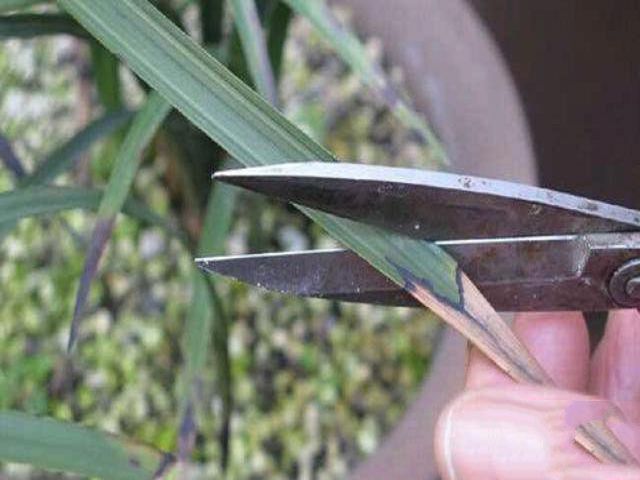What if the concentration of foliar fertilizer of orchid is too high?

In the actual maintenance of planting orchids, in addition to supplying proper water, reasonable light and excellent ventilation and humidity conditions, reasonable fertilizer supply is also essential.
Orchid foliar fertilizer spraying concentration is too high, it is bound to cause orchid leaves burn, especially some immature orchid seedlings in the growth of leaves more easily damaged. After foliar fertilizer spraying, when orchid leaves are burned due to excessive foliar fertilizer concentration, water spots often appear on orchid leaves, or the phenomenon of burnt edges and sharp points. Once found, it is 100% foliar fertilizer damage. To immediately take the pruning of injured leaves, the symptoms of the leaves will be cut off the injured parts, and the plant leaves continue to spray water dilution, rinse the concentration of residual fertilizer, at the same time to strengthen the plant growth environment ventilation. If necessary, add fans after spraying water to prevent moisture from staying too long in the heart leaves, causing decay of the heart leaves. After several times of continuous water spray washing, the residual fertilizer on the leaves is quickly diluted and washed clean, basically not causing the continued spread of leaf fertilizer damage. The plant will slowly recover.
There are usually three fertilization methods in the daily management and fertilization operation of orchids. One is to sprinkle slow-release granular fertilizer on the surface of the pot, the other is to irrigate some thin nutrient liquid fertilizer on the plants, and the third is to spray some thin liquid fertilizer on the leaves. If it is a slow-release granular fertilizer applied to the surface of the basin, it will generally not cause fertilizer damage to orchids. When the nutrient solution applied to the pot surface is too high in fertilizer concentration or undecomposed organic fertilizer solution, orchids often suffer from fertilizer damage, but this fertilizer damage often hurts the roots of orchids. This kind of fertilizer damage to the root system is even less easy to find. Once the orchid root system is damaged by fertilizer, it is often a few days or even more than ten days after it is slowly reflected on the leaves. This kind of root system suffers fertilizer damage is generally irreparable.
Therefore, when orchid friends irrigate nutrient solution or foliar spray to orchid plants, the concentration of nutrient solution must not be too high. Organic nutrient solution can be controlled at more than 1:50 when applied, and 1:70 when sprayed on leaves. The concentration of nutrient solution of chemical water-soluble fertilizer can be controlled at 1:800 - 1200 times. When spraying, it can be controlled at 1:1200 - 1500 times. Always follow the principle of light rather than thick, thin fertilizer and frequent application.
Related
- Is the orchid suitable for indoor use? Is it good for the body?
- How to prevent the empty root of orchids?
- What to do after the crab claw orchid is withered?
- Why are the leaves of orchids always yellow? Fertilizing and watering.
- Can the root of the gentleman orchid be saved if it is rotten?
- Diagnosis and treatment of cotton-blowing beetle insects in Cymbidium
- There is a way for a gentleman's orchid to rot.
- What is the most suitable temperature and humidity for the orchid?
- How to raise a gentleman's orchid? Cultivation techniques of Cymbidium
- How to prepare the nutritive soil for the cultivation of Cymbidium


